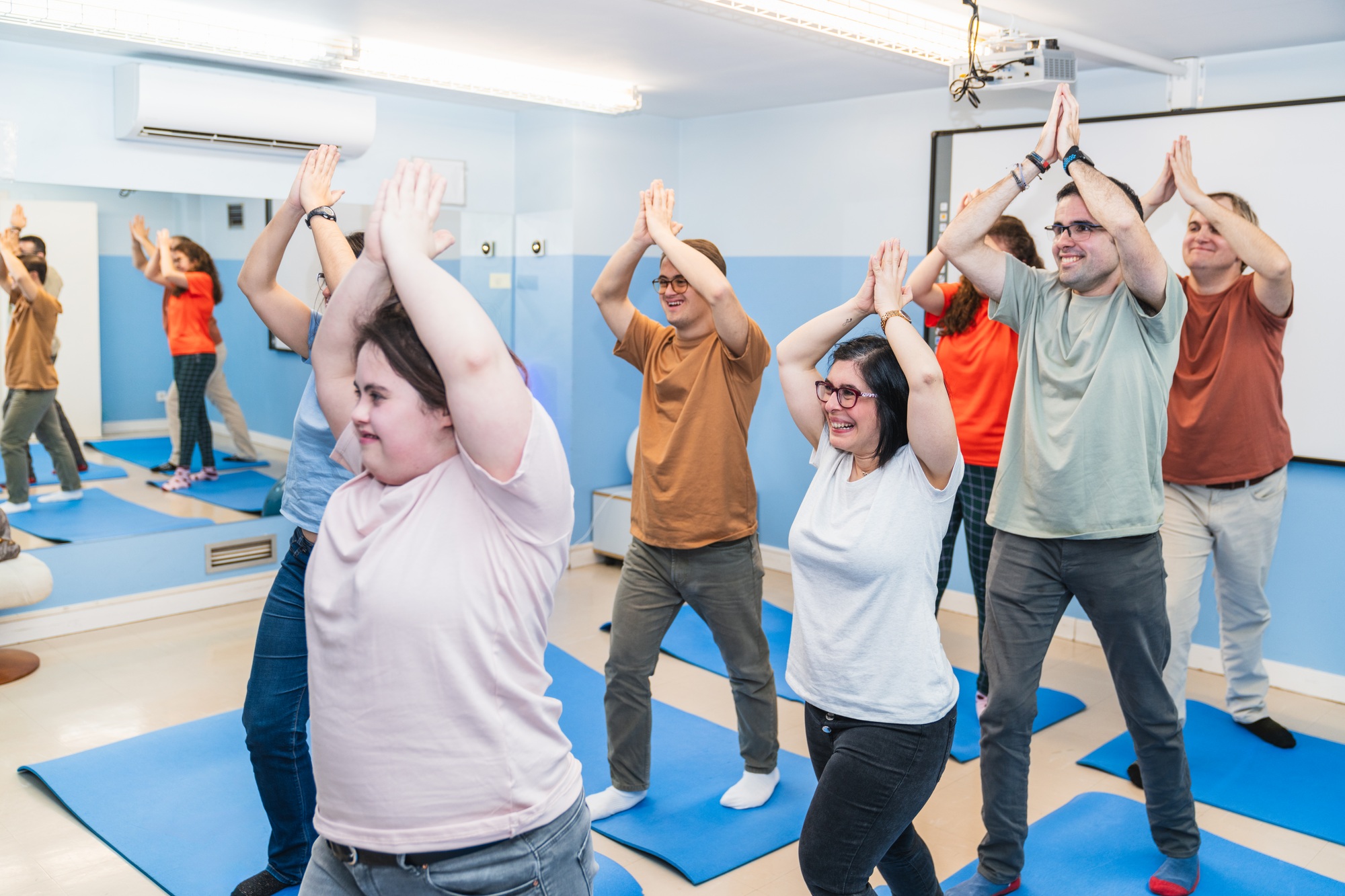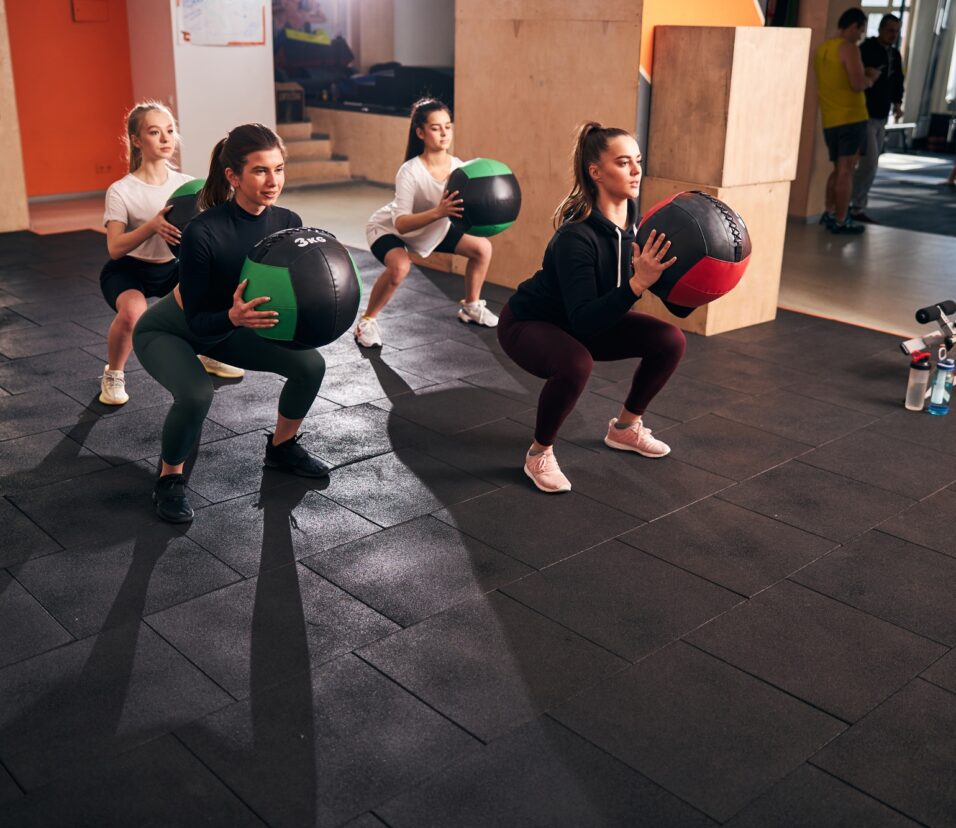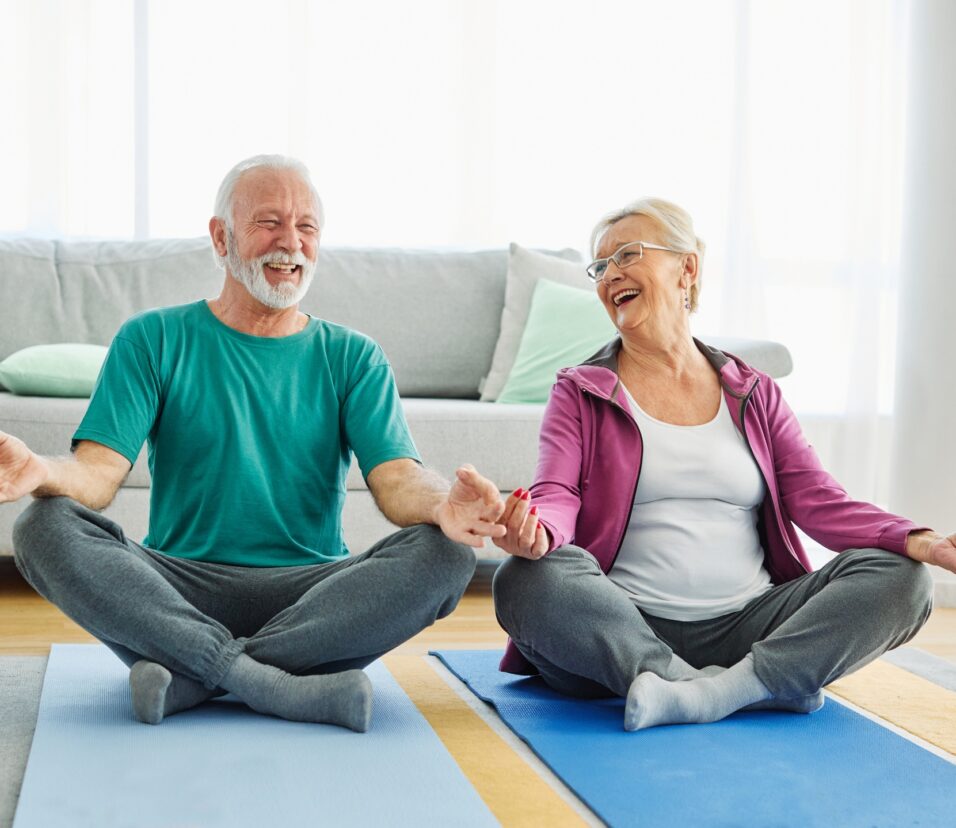🧘 Yoga & Pilates for Active Lifestyles – Blending Strength with Flexibility
Introduction
In today’s fast-paced world, fitness is no longer just about looking good — it’s about feeling strong, mobile, and resilient in daily life. While traditional workouts like weightlifting and cardio are effective, more people are discovering the transformative benefits of Yoga and Pilates.
Both practices emphasize mind-body connection, functional strength, and flexibility, making them perfect for anyone who wants to enhance performance, prevent injuries, and live an active lifestyle. But here’s the exciting part — when Yoga and Pilates are blended, they create a balanced training approach that improves strength, endurance, balance, posture, and mobility simultaneously.
This comprehensive guide will cover:
- What Yoga and Pilates really are
- Their similarities and differences
- Why combining them is powerful for active lifestyles
- Benefits for athletes, busy professionals, and beginners
- Sample Yoga-Pilates workout routines
- Tips to get started and stay consistent
Let’s dive into why Yoga + Pilates = the ultimate recipe for strength, flexibility, and wellness.
🔹 What is Yoga?
Yoga is an ancient practice originating in India over 5,000 years ago. While many people see it as just stretching, Yoga is a holistic system that includes:
- Physical postures (Asanas) for strength and mobility
- Breathing exercises (Pranayama) for energy and calmness
- Meditation & mindfulness for stress reduction and focus
Yoga emphasizes balance and inner awareness. Popular styles include:
- Hatha Yoga: Gentle, beginner-friendly
- Vinyasa Yoga: Flowing sequences linked with breath
- Power Yoga: Strength-based, athletic style
- Restorative Yoga: Deep relaxation and recovery
🔹 What is Pilates?
Pilates was created by Joseph Pilates in the early 20th century as a system to improve core strength, posture, and alignment. It focuses heavily on controlled movements and breathing.
There are two main types of Pilates:
- Mat Pilates: Done on a yoga mat using body weight
- Reformer Pilates: Uses special equipment with springs and resistance
The core principles of Pilates are:
- Concentration
- Control
- Centering (core engagement)
- Precision
- Breathing
- Flow
Pilates is especially beneficial for core strength, injury prevention, and functional fitness.
🔹 Yoga vs. Pilates – What’s the Difference?
| Feature | Yoga 🧘 | Pilates 💪 |
|---|---|---|
| Origin | Ancient India | 20th-century Germany |
| Focus | Flexibility, balance, mindfulness | Core strength, stability, posture |
| Breathing | Deep, meditative (Pranayama) | Coordinated with movement |
| Style | Flowing or static holds | Controlled, repetitive movements |
| Mind-Body | Strong emphasis on meditation | Mind-body through precision |
| Equipment | Mostly mat-based | Mat or reformer machines |
👉 In short: Yoga is broader (mind, body, spirit), while Pilates is more specialized (strength & core stability).
🔹 Why Blend Yoga & Pilates for Active Lifestyles?
When combined, Yoga and Pilates create a synergistic effect:
- Strength Meets Flexibility
- Pilates strengthens your core and muscles
- Yoga improves flexibility and joint mobility
- Balance & Stability
- Both practices improve balance and prevent injuries
- Stress Reduction
- Yoga calms the nervous system
- Pilates helps release physical tension
- Functional Fitness
- Builds strength for real-life movements
- Enhances endurance and body control
- Injury Prevention & Recovery
- Perfect for athletes who need low-impact cross-training
- Helps with back pain, posture correction, and mobility issues
🔹 Benefits of Yoga + Pilates for Different Groups
🏋️ For Athletes & Gym-Goers
- Improves flexibility for better lifts
- Reduces injury risk
- Enhances recovery after heavy training
👩💻 For Busy Professionals
- Reduces stress and improves focus
- Corrects posture from sitting all day
- Can be done in short sessions at home
👶 For Beginners & Seniors
- Low-impact, joint-friendly
- Builds strength without heavy weights
- Boosts mobility and balance
🔹 Sample Yoga + Pilates Workout (30 Minutes)
Here’s a simple fusion workout anyone can try:
Warm-Up (5 min)
- Cat-Cow stretch (Yoga)
- Pelvic tilts (Pilates)
Strength & Core (15 min)
- Plank hold (Yoga)
- Pilates Hundred (Pilates)
- Warrior II Pose (Yoga)
- Single-leg stretch (Pilates)
Flexibility & Balance (5 min)
- Downward Dog (Yoga)
- Spine stretch forward (Pilates)
Cool Down (5 min)
- Seated forward fold (Yoga)
- Child’s pose (Yoga)
🔹 Tips to Start Yoga & Pilates
- Start with beginner classes (YouTube, apps, or local studios)
- Focus on form, not speed
- Use props like blocks, straps, or resistance bands if needed
- Be consistent – even 20 minutes daily works wonders
- Listen to your body – progress gradually
🔹 Common Mistakes to Avoid
❌ Comparing your flexibility to others
❌ Rushing through movements without control
❌ Holding your breath instead of breathing deeply
❌ Training inconsistently (sporadic practice = slower results)
🔹 FAQs – Yoga & Pilates Fusion
Q1: Can I lose weight with Yoga and Pilates?
Yes — while neither is high-intensity cardio, both build muscle, boost metabolism, and reduce stress (which prevents overeating).
Q2: Is Yoga + Pilates better than the gym?
Not necessarily. They complement gym training. Strength training builds muscle mass, while Yoga + Pilates enhance mobility and recovery.
Q3: Do I need equipment?
A mat is enough for beginners. Reformer Pilates requires special machines, but mat Pilates is effective too.









Leave feedback about this